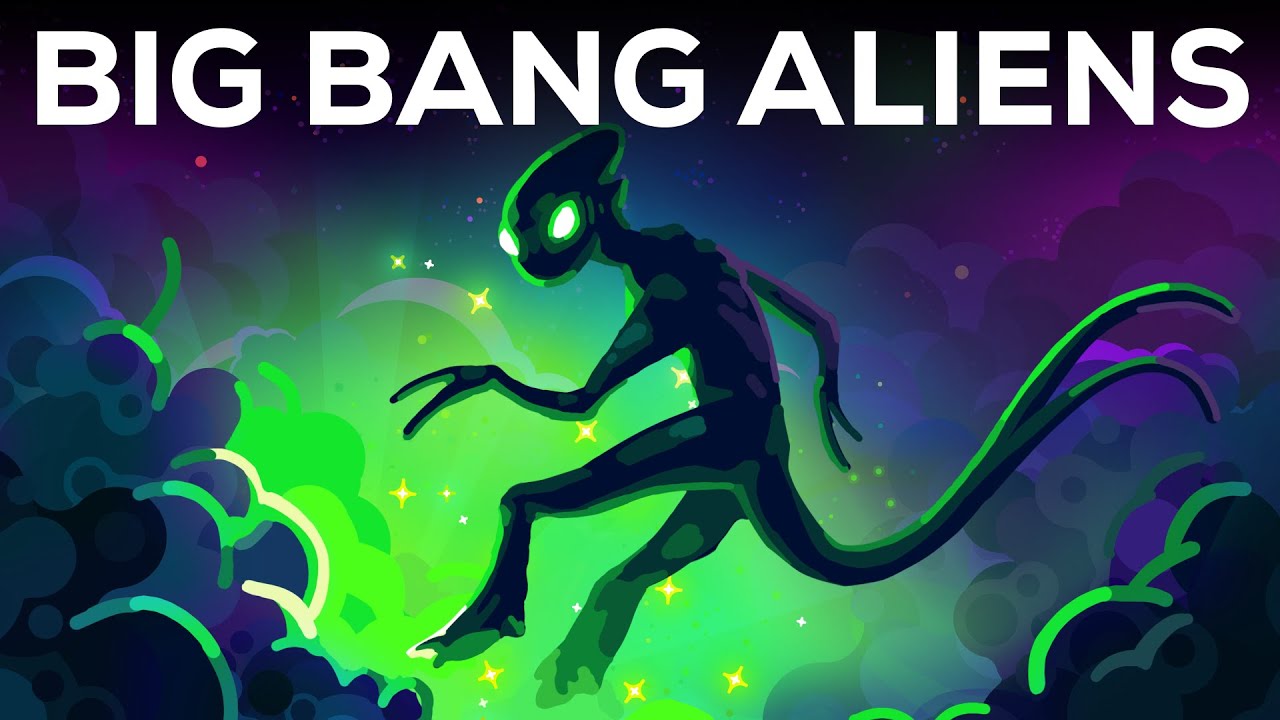The appearance of life on Earth so soon after the planet became habitable, combined with the apparent great complexity of the earliest life forms, suggests that the first living organisms on Earth evolved elsewhere and were delivered to the early Earth by comet and asteroid impacts. But that hypothesis, dubbed “panspermia”, only defers the puzzle of the origin of life to elsewhere in the universe.
Examination of the genomes of life on Earth shows a steady increase in their complexity over time, but projecting that increase back to a first replicator that plausibly may have been created by random prebiotic chemical processes yields an estimate of around ten billion years before the present: far older than the Earth and comparable to the age of the universe (~13.8 billion years). How could life have gotten started so early in the universe, when the preconditions for its existence (such as enrichment of the interstellar medium with heavy elements produced in early stars and expelled in supernovæ)?
In a 2013 paper, “The Habitable Epoch of the Early Universe” (full text at link), Avi Loeb observes that in the very early universe, just 10 to 17 million years after the Big Bang, the temperature of the cosmic background radiation was in the range (273–373° K) at which water is liquid and would support the chemistry of life, creating the possibility that life first appeared at that time. Here is the abstract:
In the redshift range 100\lesssim(1+z)\lesssim137, the cosmic microwave background (CMB) had a temperature of 273–373K (0–100° Celsius), allowing early rocky planets (if any existed) to have liquid water chemistry on their surface and be habitable, irrespective of their distance from a star. In the standard LCDM cosmology, the first star-forming halos within our Hubble volume started collapsing at these redshifts, allowing the chemistry of life to possibly begin when the Universe was merely 10–17 million years old. The possibility of life starting when the average matter density was a million times bigger than it is today argues against the anthropic explanation for the low value of the cosmological constant.
This would require a generation of very early stars to forge the elements of life from primordial hydrogen. If this occurred, life could have formed anywhere in the universe, not requiring proximity to a star, and in a universe a million times denser than at present, with abundant material in close proximity to jostle together the first replicator.
Perhaps the spark of life started during that brief “Goldilocks era” of the universe, and then, as conditions grew too cold, took refuge on planets, seas underneath icy bodies, or frozen in comets. Then, billions of years later, whenever a rocky planet with habitable temperature appeared, this early life would rain onto it from the sky and seed it with already-complex microorganisms.
A later paper from 2021, “The Extended Habitable Epoch of the Universe for Liquids Other than Water” (full text at link), examines the possibility of habitability in the early universe for forms of life using solvents other than water. This is the abstract:
At high redshifts, the temperature of the cosmic microwave background (CMB) was higher than its value today. We explore the possibility that life may have arisen early because the higher CMB temperature would have supplied the requisite energy for the existence of different solvents on the surfaces of objects. At redshifts of z≲70, after the first stars are predicted to have formed, a number of molecules (but not water) might have existed in liquid form over intervals of ∼10 Myr to ∼100 Myr. We delineate the challenges and prospects for life in the high-redshift Universe, and assess the various candidates for alternative biochemistries in this context – of the options considered herein, we conclude that ethane is probably the most promising contender.
If early life included organisms employing other solvents, then these organisms may have seeded bodies in colder environments, such as Saturn’s moon Titan, A 2022 paper, “Life on Titan May Signal Early Life in the Universe” (full text at link), discusses what discovery of life on Titan might mean for the origin of life in the early universe. Here is the abstract:
The temperature of the cosmic microwave background was equal to the surface temperature of Saturn’s moon Titan, 94 K, at a redshift z = 33.5, after the first galaxies formed. Titan-like objects would have maintained this surface temperature for tens of Myr irrespective of their distance from a star. Titan has the potential for the chemistry of familiar life in its subsurface water ocean, as well new forms of life in the rivers, lakes and seas of liquid methane and ethane on its surface. The potential future discovery of life on Titan would open the possibility that the earliest lifeforms emerged in metal-rich environments of the earliest galaxies in the universe, merely 100 Myr after the big bang.
Additional sources and discussion are in the paper “Sources – Big Bang Life” that accompanies the video.
